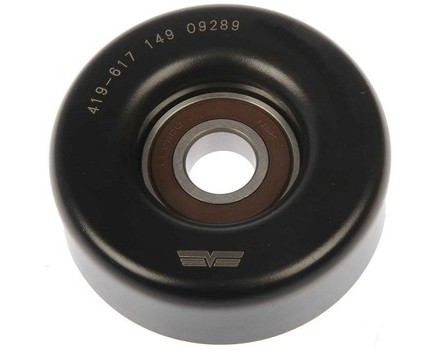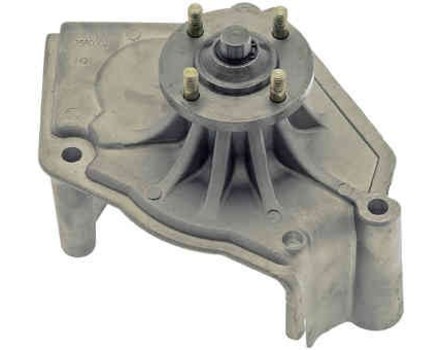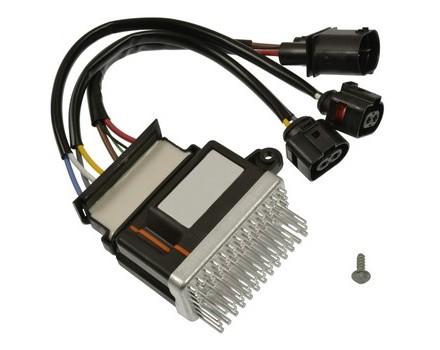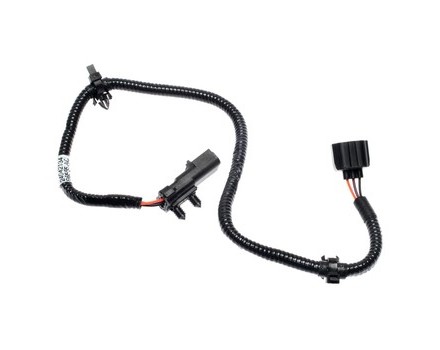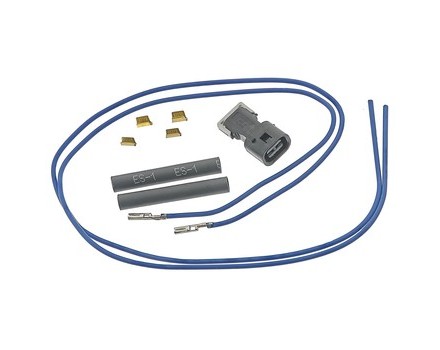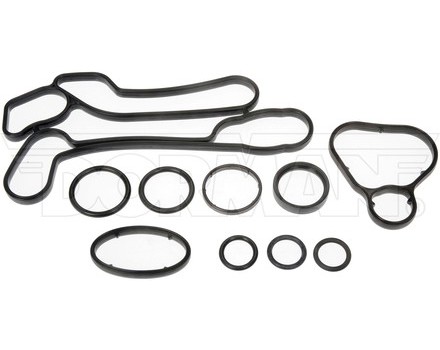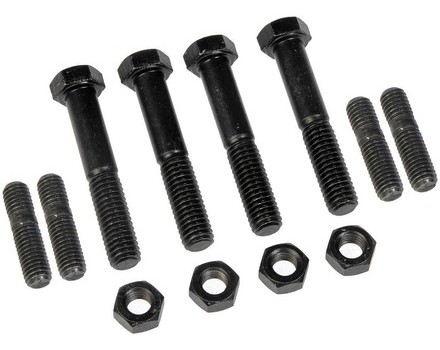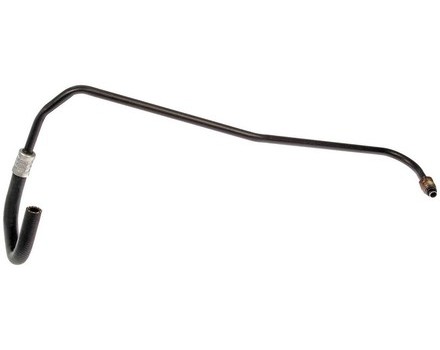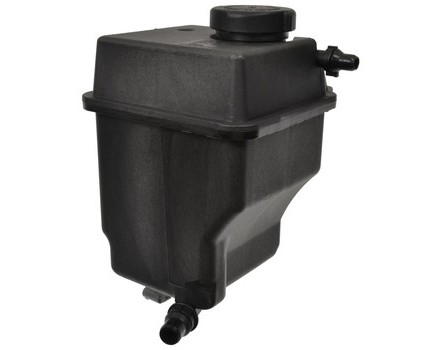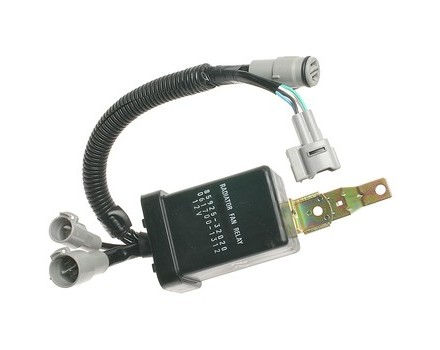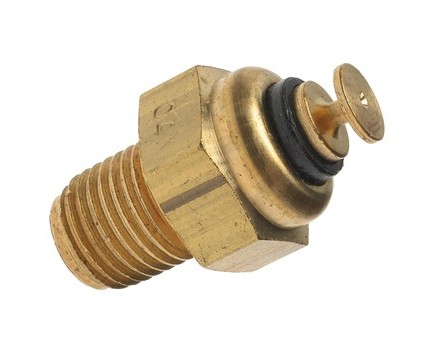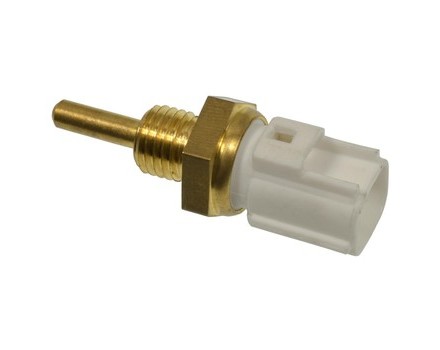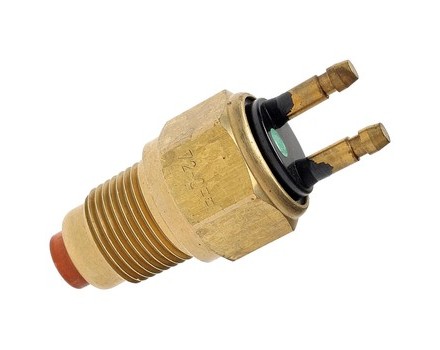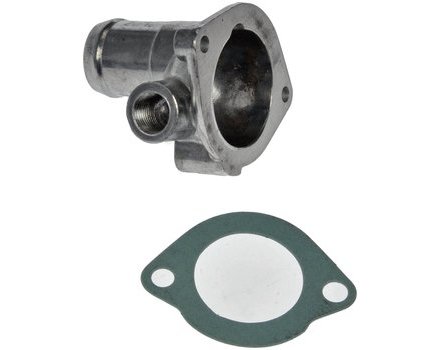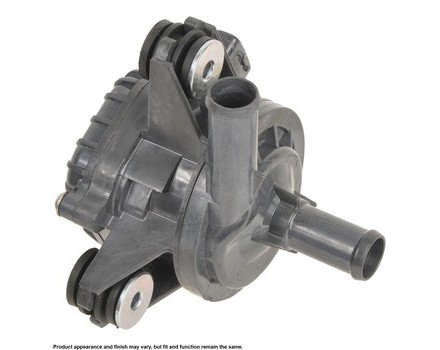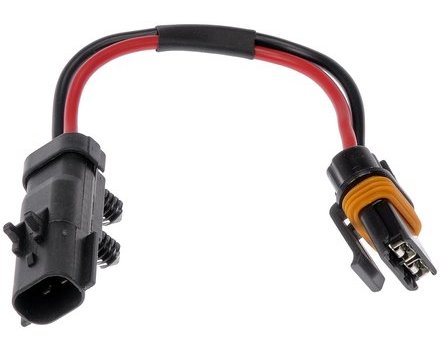Belts and Cooling
Filter Options
Important: To get started, click the blue "Filter Options" button to select your vehicle and then use the filters to narrow your options.
Important: To get started, select your vehicle on the left and then use the filters to narrow your options.
What is a belt and what is its purpose?
A belt is a loop of flexible material used to link two or more rotating shafts and/or to transmit power and motion. Belts are used in a wide variety of mechanical applications, including automobiles and industrial machinery.
How do I determine if my belt is faulty?
To determine if your belt is faulty, visually inspect it for cracks, fraying, or other signs of wear. Additionally, you can inspect the tension of the belt with a tension tester. If the belt is too loose or too tight, it may be faulty.
Can a faulty belt cause further damage to my vehicle?
Yes, a faulty belt can cause wear and tear on other parts of your vehicle if not replaced.
How do I replace a belt?
To replace a belt, follow these steps:
- Make sure the engine is off and the car is in park.
- Disconnect the negative battery cable.
- Loosen the tensioner pulley and remove the belt.
- Put the new belt in place, making sure that the belt is properly routed and seated in the pulleys.
- Re-tension the belt and tighten the tensioner pulley.
- Re-connect the negative battery cable.
